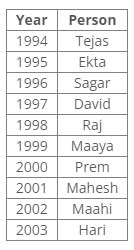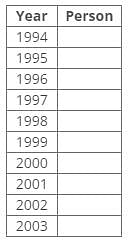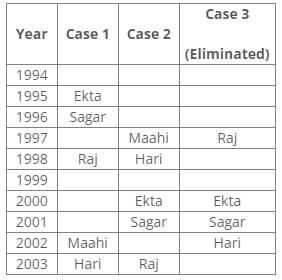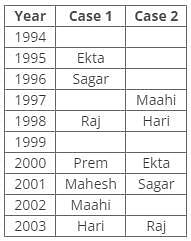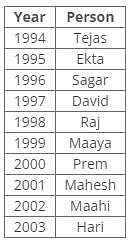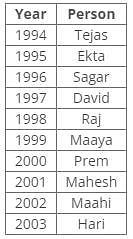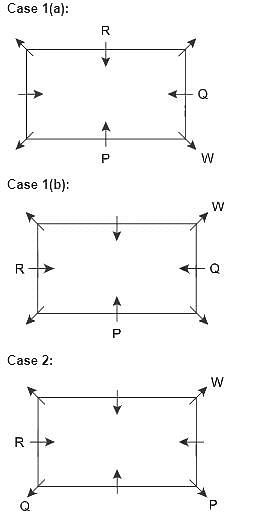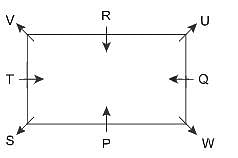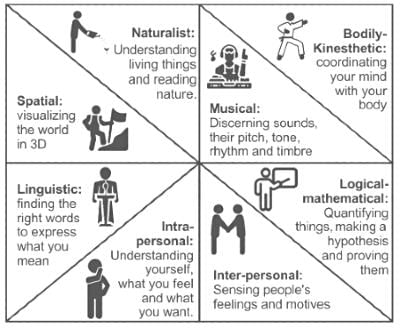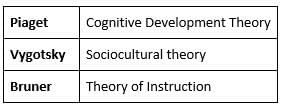Uttarakhand D.El.Ed Mock Test - 6 - UTET MCQ
30 Questions MCQ Test - Uttarakhand D.El.Ed Mock Test - 6
Which event marked the beginning of the French Revolution?
What was the primary cause of the rise of militarism in Japan during the early 20th century?
| 1 Crore+ students have signed up on EduRev. Have you? Download the App |
Which of the following rights is NOT granted to citizens of India as per the Constitution?
In which country is the Melbourne Cricket Ground (MCG) located?
Which gallantry award is equivalent to the Param Vir Chakra in the Navy?
The Dada Saheb Phalke Award was instituted to honor Dadasaheb Phalke on the occasion of his:
If an object, on a free fall from a certain height, reaches the ground in 1 second, what is its velocity on the impact with the ground?
1. The project focuses on conserving five wild animal species collectively termed 'Mizo-Carnivorous'.
2. This conservation project marks a shift from a species-specific approach to a landscape-specific approach.
3. The wolf is the most endangered species among the five, and a breeding center has been proposed for it.
Which of these statements is/are correct?
What recent action has the Uttarakhand government taken in response to demographic concerns?
Which significant projects were inaugurated by the Uttarakhand Chief Minister to empower women?
What is one of the primary environmental concerns associated with the increasing intensity of rainfall in the Indian Himalayas?
What event prompted a large public rally at Gandhi Park recently?
Directions to Solve
In each of the following questions you are given a combination of alphabets and/or numbers followed by four alternatives (1), (2), (3) and (4). Choose the alternative which is closely resembles the mirror image of the given combination.
Question -
Choose the alternative which is closely resembles the mirror image of the given combination.

If South East becomes North, North East becomes West and this trend is continued, what will be the original West become?
Direction: Study the following information and answer the given questions carefully.
Ten people were born in ten different years from 1994 to 2003. Two people were born between Ekta and Raj. Maahi was born immediately before Hari. Four people were born between Hari and Raj. Sagar was born immediately after Ekta. Mahesh was born after Prem. David was born after Tejas but before Maya. Ekta was born in a year which is a multiple of 5. Three people were born between Prem and Sagar.
Q. Find the odd one out.
Direction: Study the following information and answer the given questions carefully.
There are 8 persons, P, Q, R, S, T, U, V and W sitting around a rectangular table in such a way that four of them sit at four corners of the table while four sit in the middle of each of four sides. Persons who sit at the corners face outside the centre while those who sit in the middle of the side face inside.
Q sits second to the right of P. R sits third to the left of W. R faces inside. T sits third to the left of U. V sits second to the left of U. R is not an immediate neighbor of P.
Q. Who among the following faces Q?
Statements: Some pens are books. Some books are pencils.
Conclusions:
- Some pens are pencils.
- Some pencils are pens.
- All pencils are pens.
- All books are pens.
In the number 76534218, each digit is replaced by the next digit i.e., '1' is replaced by '2', '2' is replaced by '3' and so on and then the digits are arranged in ascending order from left to right, which digit will be fifth from the left end?
Product of one fourth of the number and 120% of another number is what % of the product of the original number ?
In a stream, Q lies in between P and R such that it is equidistant from both P and R. A boat can go from P to Q and back in 6 hours 30 minutes while it goes from P to R in 9 hours. How long would it take to go from R to P?
A friend is spotted by Lalloo at a distance of 200 m. When Lalloo starts to approach him, the friend also starts moving in the same direction as Lalloo. If the speed of his friend is 15 kmph, and that of Lalloo is 20 kmph, then how far will the friend have to walk before Lalloo meets him?
Which of the following statement is incorrect about Problem solving?
With reference to the moral development of children, which of the following pairs is correctly matched?
I. Ethical actions - those that are done intentionally and which result in negative consequences for other people.
II. Socio-traditional issues - deals with uniformity in the regulation of social conduct.
Who is the father of 'Theory of multiple intelligence'?



